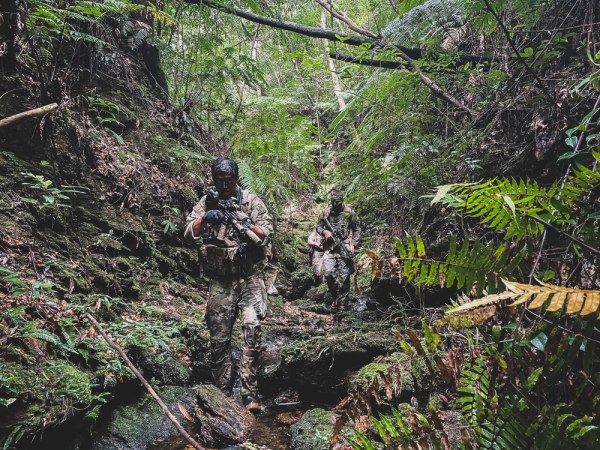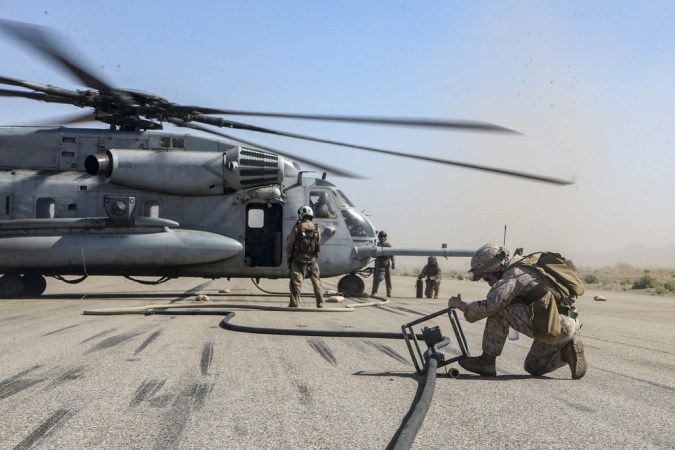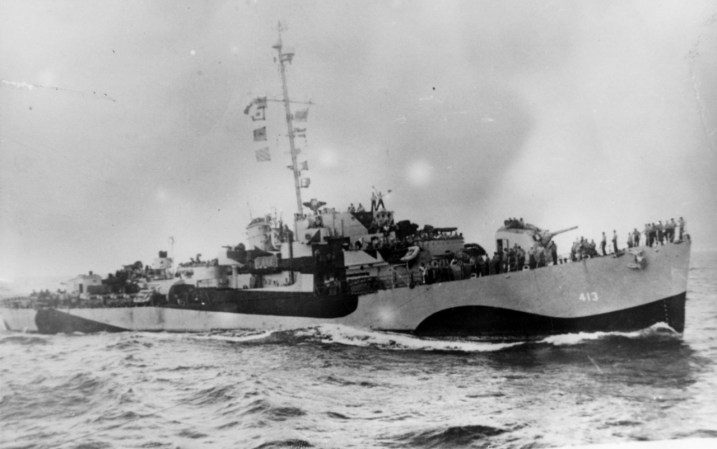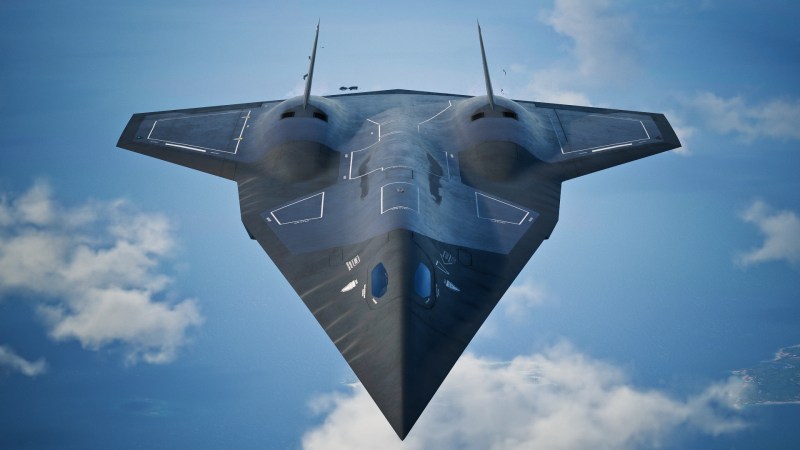Green energy is a form of power generated using natural resources, including sunlight, wind or water. It is frequently derived from renewable energy sources, but several distinctions between renewable and green energy exist; hence cannot be categorized as one. The key benefit of such energy resources is they do not damage the environment. Energy concerns are central to military services operations all over the world.
The interplay between Army and non-military energy problems is rarely plainly addressed in mainstream press, despite green power concerns calling attention to this interplay. The Armed Forces have also long played a leading role in researching, developing and acquiring particular energy solutions. Recently, research and development governance have shifted to energy competence of home-country setups, as well as the adoption of renewable energy initiatives for areas ranging from mini-grids for configurations to auxiliary fuels for main weapons systems.
While the security and environmental aspects of energy governance are present in the military, the military interprets and relates these notions differently. In the realm of a defensive system, energy has the power to be both an accomplice of military superiority and, through denial, a weapon of mass destruction in and of itself. Defense energy and security initiatives are increasingly focused on accomplishing military missions and strategic goals.

Energy concerns have been critical to the task delivery of military forces around the world for a long time. These are operations such as those in the theater of dispute, functions for land, air and water transport, as well as setups and forward operating bases. The discussion has centered on green energy and the new difficulties confronting the military. Almost every mission dedicated to the military is powered by energy, and the main goal is mission guarantee and definitive added benefit on the battleground.
As a result, “security” is obtained by supplying energy to competent main military hardware and communications networks at the preferred degree of proficiency, scope, and preparedness. However, because resupplying energy to military theaters and the warfighting edge is frailty, safety is gained by reducing the energy needed for automobiles and forward locations.
Enhanced Military Competence

Energy efficiency is vital for intelligence and defense effectiveness. Portable solar-power devices, for example, make troops less susceptible to adversaries in times of armed conflict, whilst cargo ships conveying diesel fuel via war zones face great danger. Navy vessels can also be an easy mark, therefore not exempted from the threat. A good example of such a situation is When a USS Cole was savaged at a Yemeni port in 2000 in an attempt to refuel. Al-Qaeda operatives brutally murdered a total of 17 sailors. To prevent such issues, Navy vessels can employ gas-electric hybrid warships that need fewer stops, making them safer. Additionally, the warships have a higher operational scope and can stay at sea longer.
Launching green energy on military facilities diversifies their energy supplies, increasing energy reliability and resilience. This, in turn, significantly relates to the task efficacy and assuredness of the installations, particularly in areas prone to power failures resulting from adverse weather and natural catastrophes.
Consider eliminating the need for petroleum recharge on the battlefield by issuing military troops solar-based mine-resistant high-mobility multifunctional automobiles equipped with switchable and seamlessly attainable power packs in low-light situations. At the same time, tanks outfitted with tiny nuclear reactors that can operate endlessly and 3D print all rebuild or repair parts. Additionally, troops can substitute power sources by moving around. In that case, portable kinetic collectors, such as backpack frames and shoe soles that generate electricity for small generators, are already being developed by the Army. This will help increase military efficiency and effectiveness during missions.










